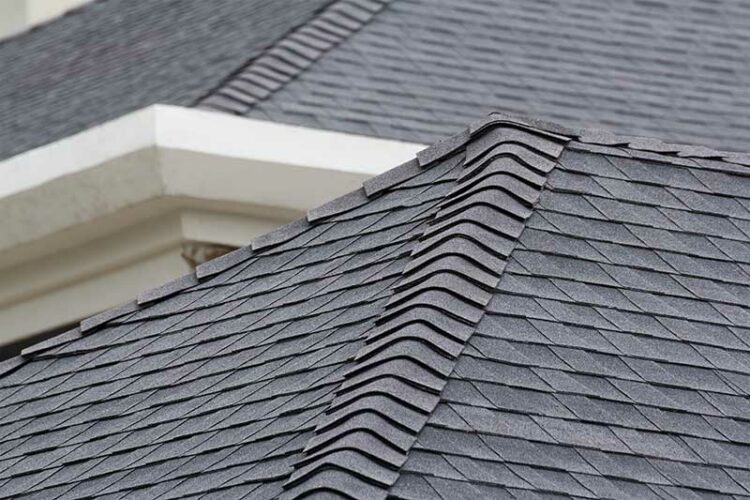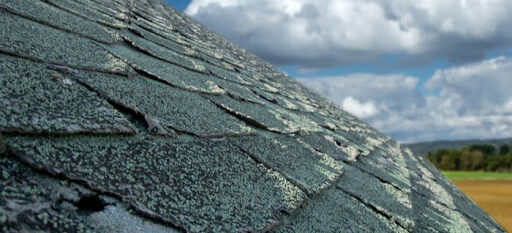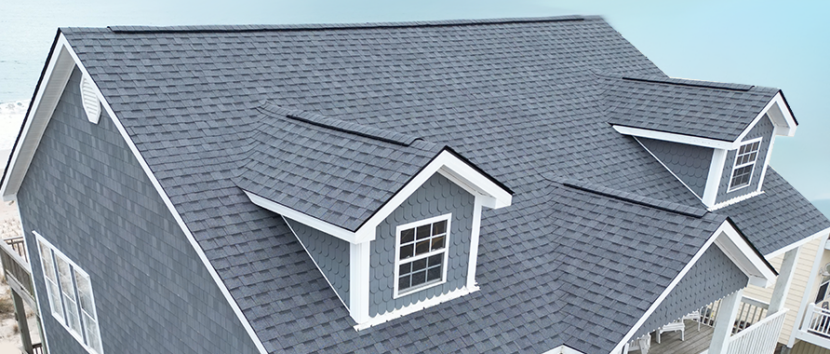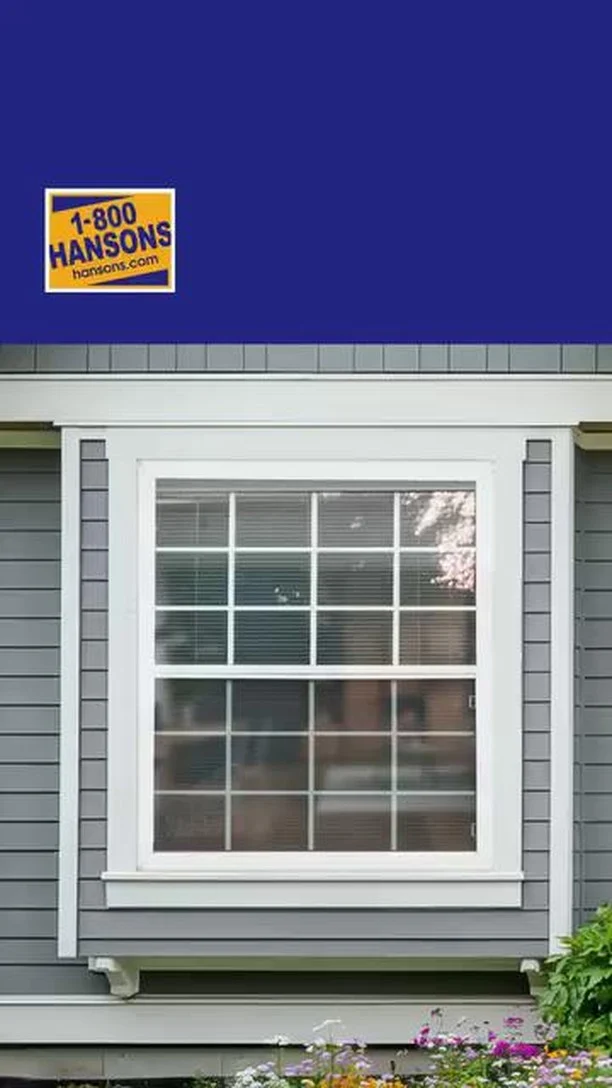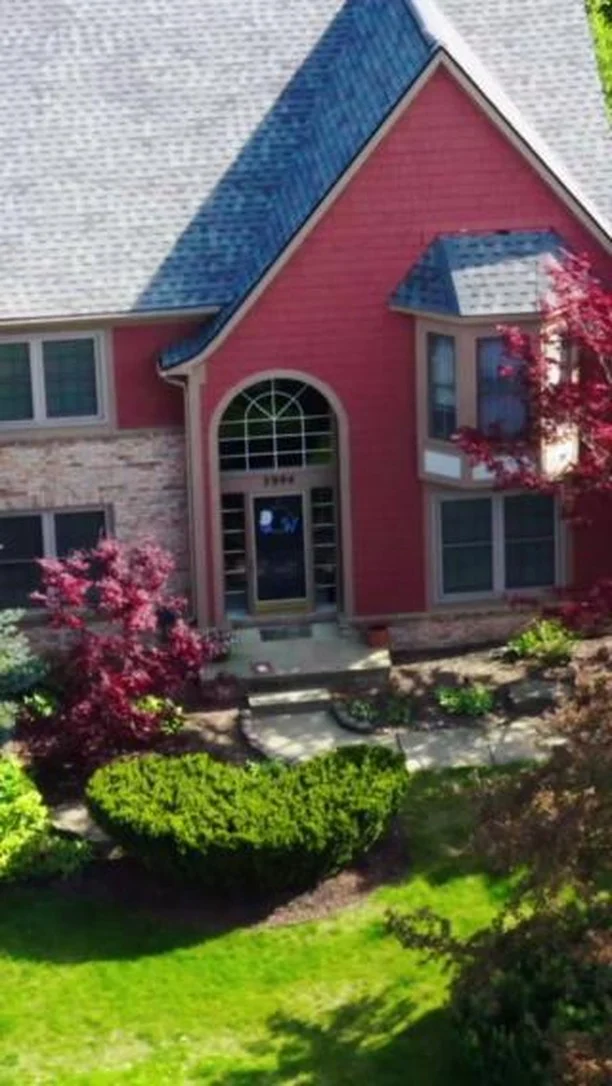How Long Does a Roof Last?
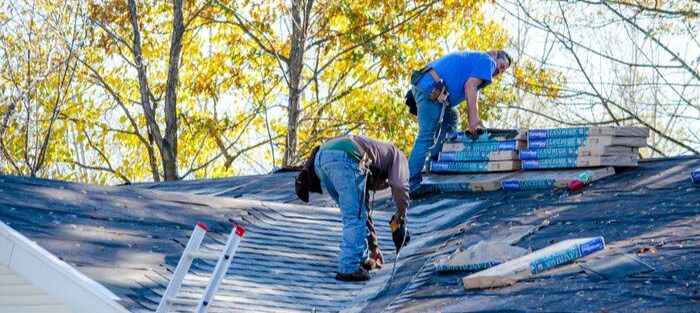
How long a roof can last can depend on many things, from roofing materials to maintenance and weather conditions.
For instance, asphalt shingles are one of the most popular kinds of shingles used. They offer a traditional look at an affordable price, thanks to the ease of manufacturing and installation.
Roof Lifespan Factors
While these shingles are designed to bear most elements, they can break or become detached entirely. There are many factors that can impact the ultimate lifespan of a roof such as your home’s climate, exposure to extreme weather conditions and the care you put into the maintenance of your roof and its shingles.
These are just a few factors that can affect your roof’s longevity. Most manufacturers can predict that new shingles will last anywhere between 20-30 years. Climate conditions and roof maintenance are probably the most important determining factors to help you reach this estimated lifetime. Some other factors include the professionalism of the installation and the quality of the shingles.
Your roof should ideally have several redundancies or lines of defense so, if one line fails, for example, when a shingle blows off, there must be other protective layers, such as flashing around the sealants and chimneys, that prevent the roof from leaking through an underlying membrane.
Get a Free Estimate Today
50% off installation. Special financing available. See details.
How Long Do Different Roofs Last?
Shingle roofs have a wide range of possibilities. Asphalt shingles, the most common residential roofing material used in the United States, can last anywhere from 15 to 30 years. Architectural shingles are more likely to last 25 to 30 years.
Metal roofs are one of the most expensive kinds of roofs out there, and they last for up to 70 years. Generally, more costly materials are expected to last longer than cheaper roofing materials.
Clay tiles are heavy and demand a specially-designed frame to support their weight. But, when properly installed, a clay tile roof should last between 50 and 100 years.
Concrete tiles are very similar to clay tiles in many ways, including the weight. They are, however, a less expensive roofing option, with a lifespan of around 40 to 75 years. Concrete roofs do fade over time from exposure to the sun.
Is There a Way to Extend the Longevity of My Roof?
The good news is that there are a few things you can do to prevent having to pay for a new roof. First, you need to make sure you’re taking care of your roof properly.
This means if you notice any issues like water spots, you need to get your roof inspected to make sure that there is no damage. Repairs are much less expensive than replacement, and finding the problem early ensures that your roof doesn’t become irreparable.
Are you looking for roof replacement? Feel free to contact 1-800-HANSONS for a free estimate.

